Exploring the Connection Between Coding and Math: How Coding Improves Math Skills
Math courses Exploring the Connection Between Coding and Math: How Coding Improves Math Skills
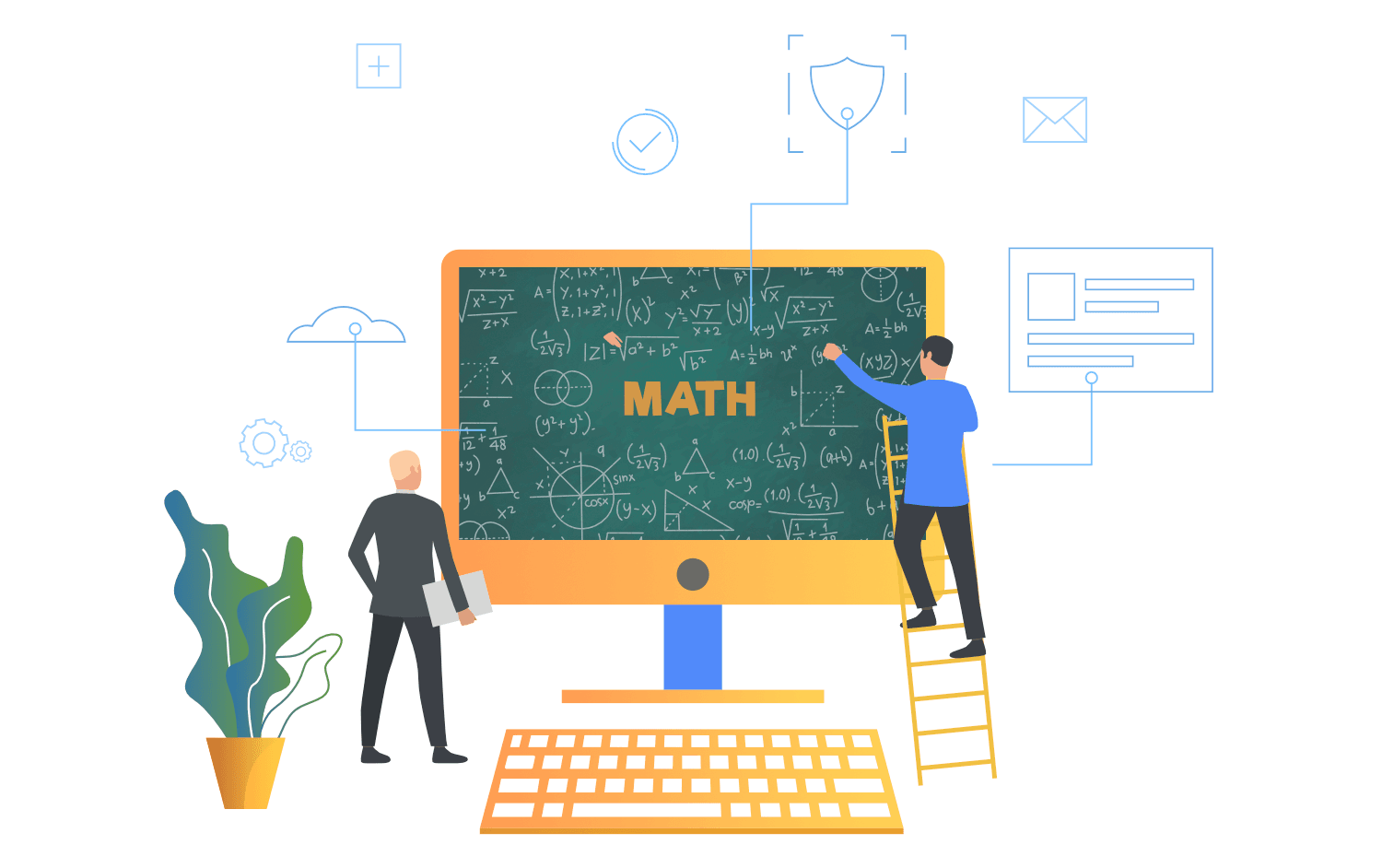
As the two most popular subjects intertwined, math and coding contribute to the advancement and solve many issues in various areas of human activity. These two disciplines work in parallel, and combining systems thinking and CMMI methodologies provides a genuinely new perspective and solution-finding tools.
In coding, mathematical concepts develop from insignificant abstract moralities into actual encoding functions. However, math used in coding supplies the foundation of numerous code rules covering anything from algorithms and data structures to cryptography and machine learning.
Learning math and coding for children is not merely a technical activity—it boosts the child’s critical thinking, logical basic understanding, and systematic problem-solving skills, which are all in parallel with their mathematical concepts. Writing code actually involves problem-solving methodologies akin to math for coding, as we first decompose a problem into components and recognize patterns. This practical approach brings fun to learning basic maths for coding, turning math used in coding into an artistic tool for children to use.
In this blog, we will discuss how coding is getting more relevant to be implemented in the education system. In today’s world dominated by advances in technology, mastering essential mathematical knowledge and programming abilities helps children confront existing difficulties and embrace new opportunities. By integrating these disciplines into the curriculum educators can foster the development of thinkers in society, preparing them for math programming challenges and enhancing their ability to solve real-world problems.
The Link Between Math and Coding: A Skill-Building Synergy

Closely related to mathematics – algorithms, sequences, and logic running the entire show are derived from mathematical concepts. Coding improves math skills by making these concepts tangible through practical applications like game development and data analysis, programming artificial intelligence, and many other areas. Math for coding enables students to exemplify what mathematics looks like in real life, turning the subject into a joyful experience.
Math courses and coding complement each other because coding enhances mathematics application while mathematics consolidates coding. Math used in coding is evident as coding demands progressive strategies in information processing, encouraging analysis, problem-solving, breaking down problems into manageable sizes, and recognizing patterns—all core aspects of mathematics. Students express, through code writing, how mathematics is used in programming solutions and the creation of new products.
To that extent, coding education brings numbers to an easier approachable level to every learner in the process. This also helps them consolidate the knowledge they have in mathematics and enables them to acquire other skills for solving problems using technology. The argument behind this interconnectedness is such that math used in coding makes for a formidable arsenal when it comes to dealing with and transforming the future.
How Coding Improves Math Skills Through Problem-Solving

✅ Structured Problem-Solving: The Link Between Coding and Math
Coding challenges students to ask questions and find ways around them, much like how math for coding teaches students to approach problems. Like problem-solving techniques where one has to analyze the problem, work on some algebra, try to understand the pattern, logic, and divide the problem into segments, mathematical concepts are crucial. Programming too contributes significantly to structured thinking. In both disciplines, students break down the problem into pieces that can be solved before they come up with the solution. The math used in coding is evident, as it enhances the ability to break down complex challenges into manageable parts.
✅ Pattern Recognition: A Shared Skill in Coding and Math
Algorithm development can be defined as recognizing patterns and then developing guidelines on how to deal with a particular issue. This skill set is important for both math and coding, as it improves a student’s ability to identify patterns within data structures. For instance, in coding, if one is generating a sorting algorithm, they have to dissect the connections between the points and establish the best approach to sorting the points. This is similar to math programming challenges that require students to recognize relationships between elements and determine the most efficient approach to solve them.
✅ Debugging: Applying Key Mathematical Concepts-Solving Techniques
Another way that coding becomes helpful with math is through debugging code. When students debug an object, logical and analytical-numerical methods can be used to identify errors and debug an environment to test the effects of current hypothesized variables. This procedure resembles the mathematical technique of evaluating various solutions or procedures to arrive at the best one for solving formulae or propositions and theorems. In fact, math used in programming plays a critical role in shaping this analytical process, as it involves applying mathematical concepts to debug effectively.
✅ Optimization: Bridging Efficiency in Coding and Math
Optimization is an essential principle in coding and mathematics in equal measure. There may be times when programmers are required to make their code better in terms of optimized output for different circumstances and with less CPU utilization needed. This necessitates an appreciation for how computers work, logical data structures are created, and what kind of algorithms they should support efficiently. Math for coding and an understanding of math used in computer programming are essential to optimize performance and ensure that algorithms run smoothly with minimal resources.
✅ Math Programming Challenges: Where Coding Meets Advanced Math
Programming contests in mathematics offer a direct connection between coding and mathematics. On platforms like Project Euler, or when creating numerical models for scientific theories, students work through math programming challenges. These exercises often require applying mathematical concepts and understanding how math is used in programming to solve complex problems, which improves coding proficiency.
✅ Coding as a Catalyst for Necessary Mathematical Concepts
In the end, coding helps develop analytic thought processes, reasoning, and problem-solving—skills that are fundamental to mathematical education. Students solve coding challenges, and in addition to gaining programming skills, experience an improvement in their math and coding abilities. This is because programming tasks are structured similarly to mathematical concepts, requiring students to apply math used in coding to solve problems. Through these math programming challenges, students sharpen their basic maths for coding and gain a better understanding of how math is used in computer programming.
Understanding Mathematical Concepts Through Coding Practices
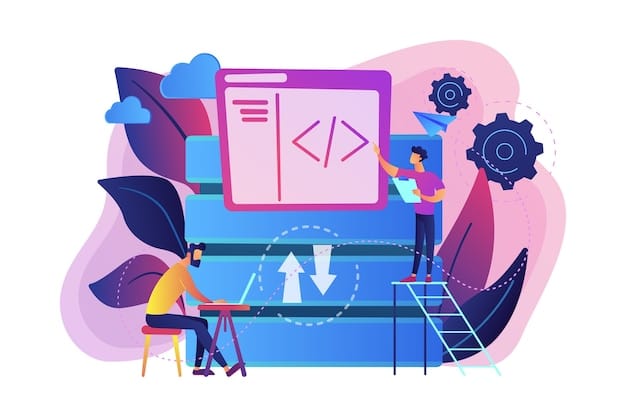
✅ Making Basic Math Concepts Tangible Through Coding
Coding is useful as it makes abstract necessary mathematical concepts presented in a way that students are able to be involved physically, allowing them to experience what the concept is like. For students who can manipulate and experiment with mathematical models using code, math for coding becomes more tangible. Abstract learning in mathematics is made more concrete by engaging with coding tasks that incorporate basic math for coding, making math used in coding more accessible.
✅ Bringing Geometry to Life with Graphics Programming
Graphics programming brings geometry to life, making the topic more enjoyable. With the help of tools like Python with Turtle or Pygame, students can draw different shapes, animate geometric patterns, and solve complex problems. This offers an effective way to apply math used in programming and math programming challenges, while enhancing their coding skills and understanding of geometry. The hands-on approach makes coding improves math skills more evident in real-world tasks.
✅ Making Algebra Accessible Through Algorithm Design
By coding, algebra becomes simplified because, during coding, students engage in algorithm design, which involves working with variables, equations, or logical expressions—core elements of algebra. For instance, a student writing a simple program might need to solve an algebraic problem using variables within the script. This connection between math used in computer programming and algebra strengthens the student’s understanding of both subjects, especially in computer science math classes.
✅ Reinforcing Statistics and Data Analysis with Coding
Coding also resides in between theory and practice in the fields of statistics and data analysis. Applying data science software including Python, pandas, NumPy, and Matplotlib, learners are capable of analyzing different datasets, drawing real-world insights and notable characteristics, and being able to generate calculations on mean, median, and standard deviation. This hands-on experience reinforces math and coding skills, demonstrating how mathematical concepts are applied in real-world scenarios.
✅ Exposure to Math Used in Computer Programming
A coding project offers students real-life exposure to the math used in computer programming. Functions, basic arithmetic, logic, and variables are fundamental when writing code and designing algorithms. Scratch, designed to be intuitive, allows young learners to apply basic maths for coding concepts through visual programming tools, helping them understand how math used in coding is essential for problem-solving in programming.
✅ Transforming Math Through Interactive and Visual Coding Experiences
Coding translates abstract mathematical concepts into functional, interactive experiences, often using computer graphics. This method enhances students' understanding of math for coding and fosters creativity and critical thinking. By bridging the gap between theory and practice, students strengthen their math skills and expand their knowledge of how maths for programming plays a critical role in developing solutions.
Math for Coding: Why It Matters in the Digital World
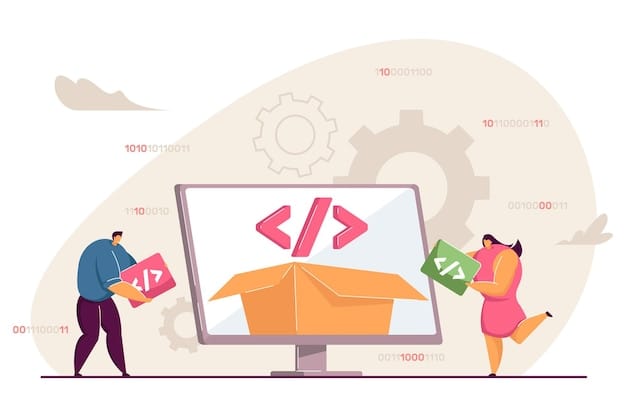
Coding and computer programs require math for coding, especially in advanced areas such as artificial intelligence, game programming, and cryptography. These areas demand a strong grasp of mathematical concepts when developing algorithms, system modeling, and problem-solving.
In machine learning for instance there are some key characteristics such as probability and statistics. Probability allows developers to create models, which would make proper forecasts given erroneous or vague information. Other fundamental subjects include linear algebra because it lays down the framework of data processing operations on data sets, such as matrices, used in training most of the algorithms.

Most of the advanced mathematics topics such as geometry, calculus, and linear algebra play an almost central role in game development. Mathematical concepts like geometry are very important for drawing objects in both two- and three-dimensional designs, defining the position of objects, and object interactions in virtual world simulations. Calculus makes it possible to program the motion, light, and shade thereby making the animations as well as interaction realistic. Coordinate transformations such as rotating, scaling, and translating shapes and objects in three-dimensional space are easily made possible through linear algebra.
In cybersecurity, there is nothing more prominent than advanced mathematics; this is because the entire process of cryptography, on which all security is built, relies on advanced math. Some of these resources originate from number theory and algebra to design encryption techniques to safeguard confidential information. Math used in computer programming and coding improves math skills in areas like probability, which is useful in risk assessment. That’s why intrusion detection systems work, as some kind of data patterns or variations from the norm could be potentially dangerous and need to be flagged.
Thus, the coders can conquer various problems in their work by knowing mathematics concepts in detail. Math for programming lets them reason, find the best way, and create technologies that can solve people’s problems in the real world. Mathematics used in programming a seemingly related field, which, when put together, fuels problem-solving and innovation in the modern world.
Mathematical Concepts Essential for Aspiring Coders
Math is inseparable from coding because several mathematical concepts are necessary for developing and optimizing the code as well as creating new technologies. Understanding math for coding provides a strong foundation for problem-solving and innovation. Here are the crucial advanced mathematical concepts for coding and their practical applications:
Algebra: Advanced or basic algebra is important when working with the equations and variables used in computer programming. It is applied in algorithm design, in designing games, and in computational logic. For example, in coding exercises, the determinants of the character’s mobility, score computation, or even the population growth equations are written in algebraic equations.
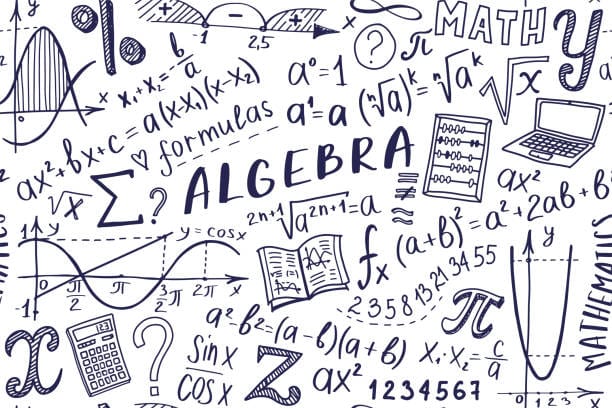
Geometry: Graphic designing as well as game designing also require knowledge of geometry rigorously. It allows the developers to draw shapes, model 3D spaces, and ability to animate. Some of them are used for displaying objects in a 3D environment, determining the area of interaction with objects in the game environment, calculating trajectory in the games, or simulating the environment.
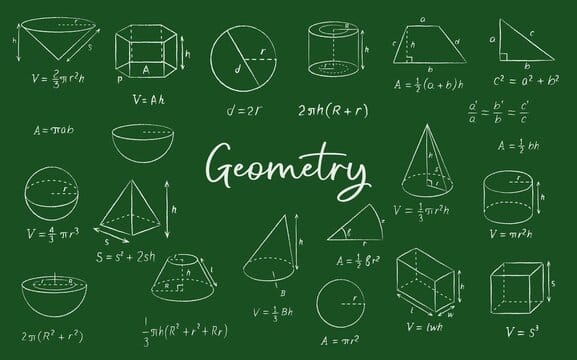
Statistics and Probability: These are the basic concepts for data science, Artificial Intelligence, and Machine Learning Algorithms. Statistical numerical methods are used to describe and explain data, make forecasts, and construct models, and probability helps in decision-making where the characteristics of the future are uncertain. For example, the prediction methods in AI often make use of probabilistic models like recommending an item or diagnosing an illness.
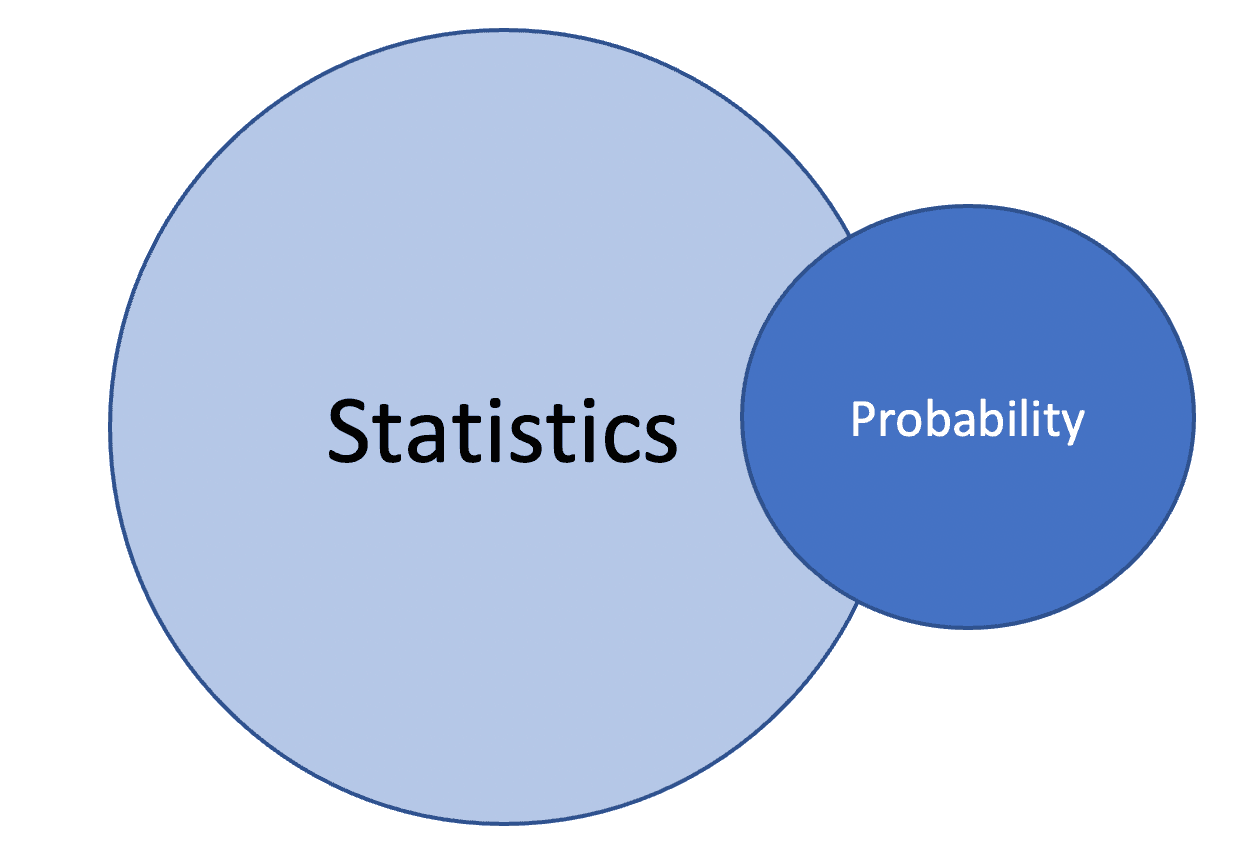
Logic and Boolean Algebra: Logic is a basic foundation of constructing algorithms and exercising decision-making in most computer programs. Boolean algebra reduces compound and combined logical expressions and plays an important role in designing circuits, search, and control algorithms in software. This means that for loop construction work they are used in conditional statements, structure construction, and efficient work.
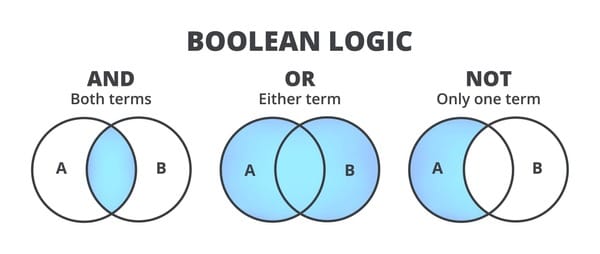
By exploring these units of mathematics in their initial stages, students are better suited to deal with programming problems where there is a huge implementation of math used in coding. It sharpens problem-solving capabilities, embraces logical reasoning abilities, and helps to realize tangible thoughts. From creating games to analyzing data or developing solutions with the help of AI these concepts are helpful to any coder-to-be.
Conclusion
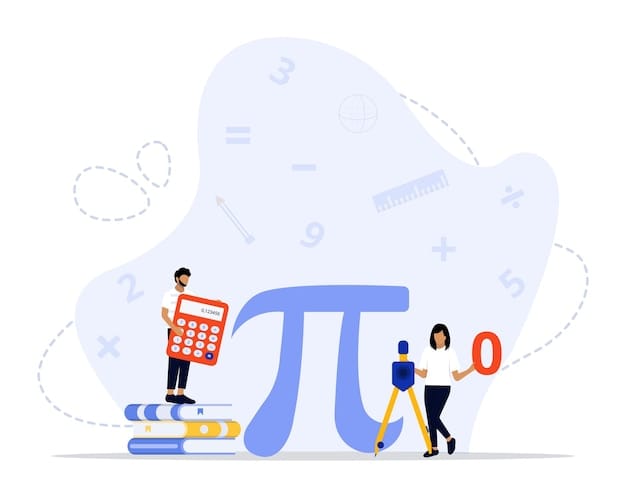
Math comprehension helps kids to solve some of the problems that are presented to them by the computer. While pursuing careers in game development, machine learning, software development (software developer), cybersecurity, and knowledge in mathematical concepts such aslinear algebra, calculus, or discrete math is inevitable. That way, this expertise is been kept by learners early enough to allow them to be so critical and creative while coding.
math and coding in school programs allows parents and teachers to provide children with a balanced education. This integration not only enhances a student’s problem-solving ability but also prepares them for careers in STEM disciplines. Coding improves math skills by making mathematical concepts more practical and engaging, unlike dry and theoretical methods. Programming activities offer a hands-on approach to math for coding, presenting basic maths for coding in a way that’s both practical and interesting.

CodeYoung’s programs are special and target combining mathematical thinking with the goal of coding to improve math skills for students. While their lessons are designed to be highly interactive, students strengthen basic maths for coding through the use of mathematical concepts within coding projects. Allying these two fields, Codeyoung makes sure that learners are ready to meet the technological requirements of the future.
All in all, it can therefore be seen that the combination of applying mathematics and codes helps one learn, and boosts creativity and indispensable skills for practice. By presenting these subjects jointly, educators and parents have an opportunity to open a door to numerous opportunities for learners.
Coding and Math - FAQs
How are math and coding connected in everyday applications?
Math is integral to coding applications in areas such as:
Animation: Geometry and trigonometry produce natural movements and formations.
App Development: The elements of algebra handle varying entities, the principles of logic govern the app’s interaction, and data processing improves user experience.
AI Algorithms: It can also be defined as applying statistics, probability, and linear algebra to data in order to make some forms of predictions.
How does coding help students understand maths for programming?
Coding is useful for teaching mathematical concepts because it allows the learner to apply what has been learned practically. For instance:
Algorithms prove algebra by a set of equations.
Drawings of graphics illustrate the geometry.
Data science projects make Statistics and probability easy by employing a dataset. It also becomes relatively easy to apprehend mathematical concepts, which this approach brings down to real tangible models.
What are the benefits of integrating coding into math curriculums?
Incorporating coding into math classes:
Ensures that learning is fun by incorporating project-based activities.
Teaches the children anyways of problem-solving and logical ways of thinking.
Helps students pursue science, technology, engineering, and mathematical careers through aptitude to compute and analyze.
Do my kids need advanced math skills to start coding?
No, in the beginning, one does not need to solve complex problems in algebraic skills to make these assessments. Simple concepts such as basic arithmetic, and basic logic, are sufficient to begin with programming and the students can learn as and when required in their programming projects.
Why is math used in programming essential for creating algorithms?
Like most things in computing, algorithms depend on mathematics for speed and accuracy. For example:
Sorting algorithms incorporated the principles of Discrete Mathematics in problem solutions.
Games and robotics require geometrical and calculus pathfinding algorithms.
What are the best resources for learning basic maths for coding?
Beginner-friendly tools and platforms include:
Scratch: An inspiring visual coding platform that can be used when introducing logic and sequences.
Codeyoung Courses: Simplified games that teach addition, subtraction, division, multiplication, and coding simultaneously.
Python Tutorials: Instructing basic programming concepts together with math word problems.
What kind of math is used in coding and programming?
Key areas include:
Logic: For decision-making purposes and any upcoming algorithms to be designed.
Algebra: In mathematics, equations, and in managing variables.
Geometry: Application areas are graphics, as well as spatial computations.
Statistics: For data analysis and AI, these concepts help the coders in problem-solving, in optimization of the solutions, and in more important aspects of creativity.
Comments
Your comment has been submitted successfully!